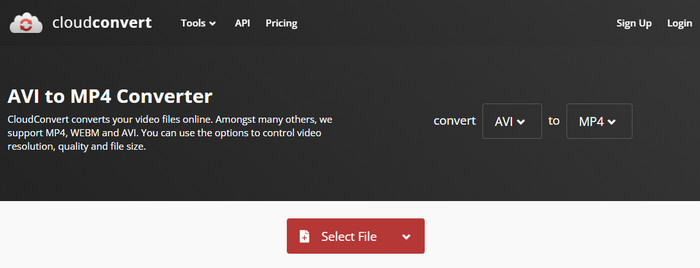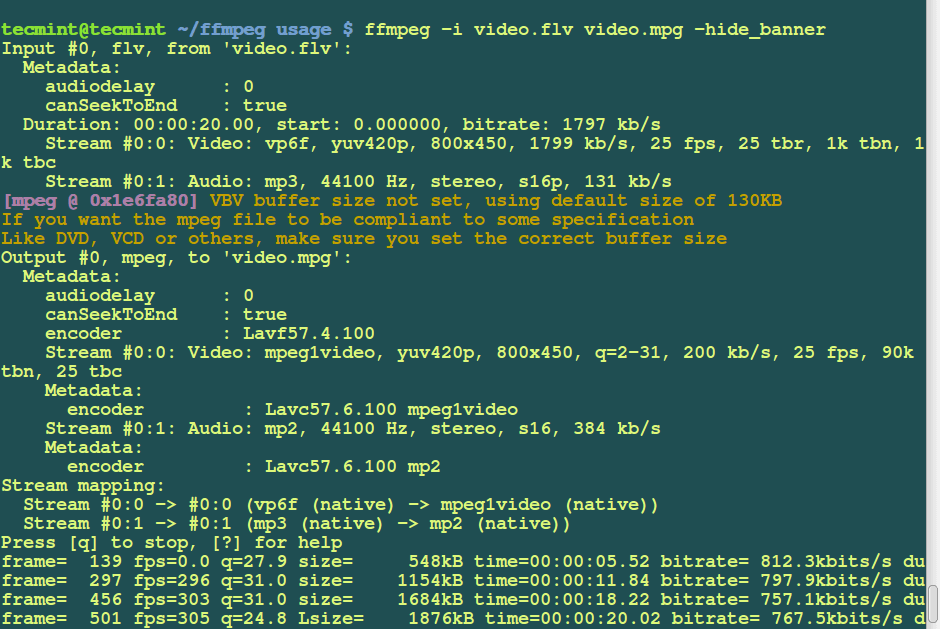

If you go directly from the 50 GB file down to the 3 GB one, you will end up with something that looks really good. You want to shrink that file down to 3 GB so you can put it on your iPhone. This also results in an unnecessarily low quality file because the video file didn’t have to be damaged by lossy compression more than once.įor example, let’s say you have a 50 GB lossless file sourced from a VHS-C tape. If you use lossy compression more than once, you damage the video multiple times. This will result in the best possible lossy file at the end of the process. You do all of your work with lossless files, and then you save a lossy file for publishing on the internet. That is why it should only ever be used as the final step. That is to say, you can’t get that lost quality back again. Once this happens, there is no going back. Lossy compression makes video files smaller by reducing the quality of the picture. Lossy compression is meant to be used to “lock” your video into place. Lossy compression is designed to be used AFTER a video file is completed and isn’t being worked on anymore. Lossy compression is great for making files small enough to share online or to watch on a smartphone. Lossy compression is used very widely, and to be clear, it isn’t all bad. However, most of our competitors aren’t able to work with files that big, so they resort to lossy compression and damage the quality of your videos in the name of convenience for themselves. 50 GB is still pretty big, but not too big for us at Archival Works. In my experience, a two hour Hi8, Video8 or other 8mm tape is around 140 to 200 GB uncompressed, but can be shrunk down to around 50 GB with the most advanced lossless video compression technology available. However, the one flaw of lossless compression is that it might not make the files small enough for a particular workflow. This has the added bonus of being reversible you could reverse the process and end up with the same file you started with. Lossless compression is great because it makes the video files smaller and easier to work with, but does so without damaging picture quality in anyway. This is done through clever mathematical trickery and is what we use here at Archival Works. It is compressing the video file to make it smaller, but doing so without actually losing any quality. Lossless video compression is exactly that. There’s the term again- “lossless”… But “lossy”? What does that mean? Lossy, is the opposite of lossless that is to say, picture quality HAS been lost. There are two types of compression: lossless compression and lossy compression. To solve this problem we use lossless video compression (sometimes also called “lossless video encoding”) to make video files smaller. These files are so large they can be difficult or even impossible to watch or to work with.

#Ffmpeg mov to avi uncompressed movie
A two hour long 4k UHD movie like you might find on Netflix would be 3400 GB-That’s huge! A 60-minute standard definition video (like that from a VHS tape) is a massive 70 GB. Makes sense, but what is it we’re losing? Or in the case of Archival Works, what is it we are NOT losing? The answer? Picture quality.įull quality and uncompressed video files are massive. If something doesn’t have loss, then it is loss-less. In short, lossless means exactly what it sounds like.


 0 kommentar(er)
0 kommentar(er)
